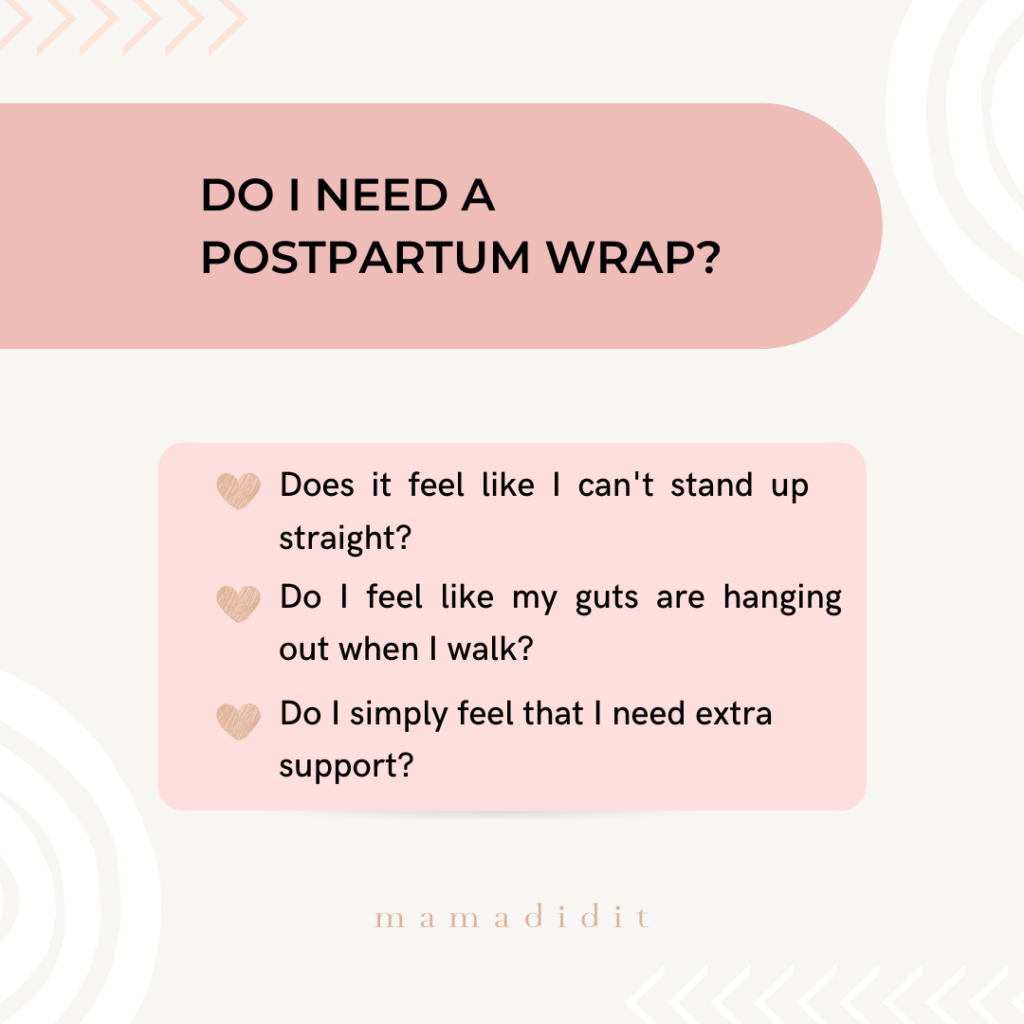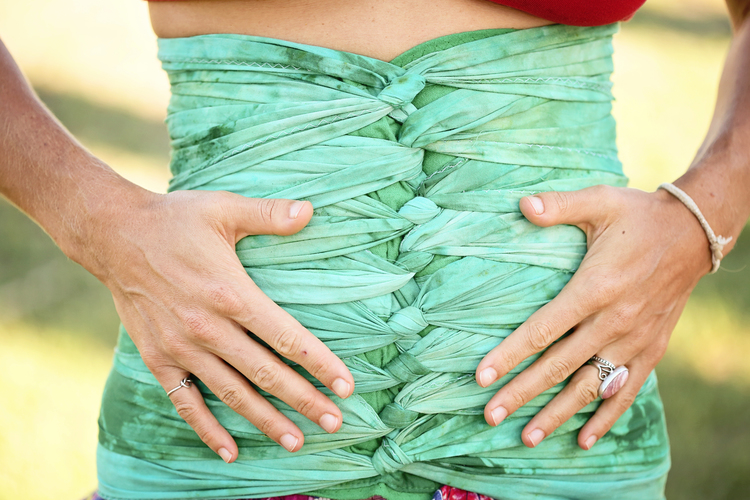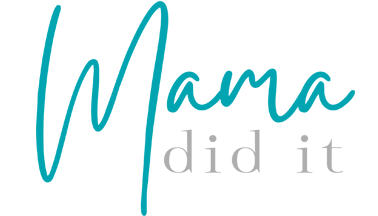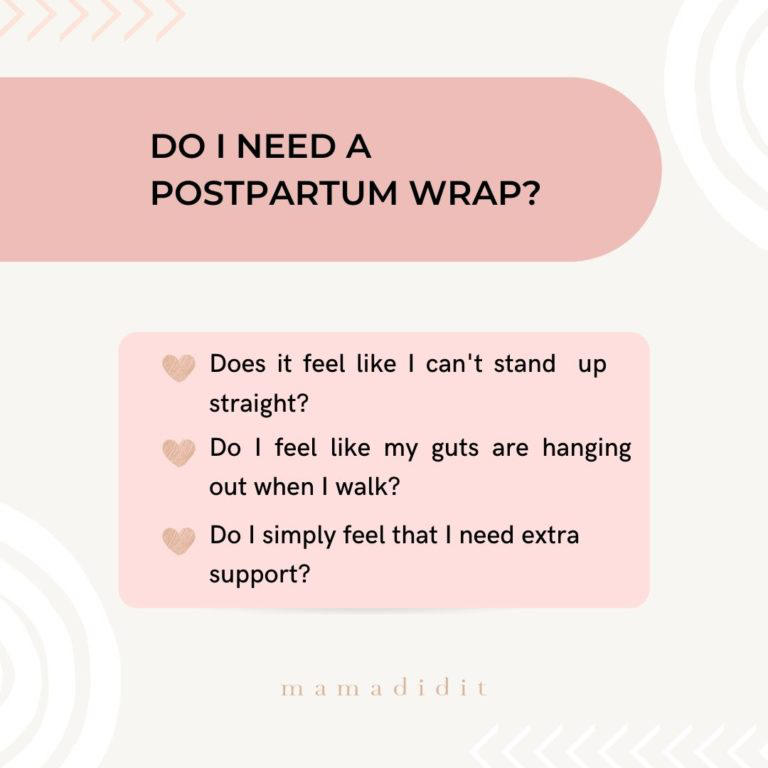After giving birth, many women opt to wear a belly binder. Here’s why, and how to know when it is too late to wear a postpartum belly wrap.
There is some debate on whether a postpartum wrap is a good idea after childbirth. I will share my own thoughts on the matter in a bit, but there are guidelines to be aware of when choosing a good belly band. Below you will see what a postpartum wrap is, how to tell if you need one, and the history of belly binding. Plus, how to tell if it is too late to wear a postpartum belly wrap.
A postpartum belly wrap goes by many names. There is a postpartum girdle, postpartum belt, postpartum wrap, abdominal binder, or waist trainers. Other names you may see are postpartum recovery belts, abdominal wraps, a postpartum corset, a postpartum belly band, or a belly binder. No matter what you call it, a good one will offer adjustable support to your abdominal muscles as you heal from birth.
Oftentimes after vaginal birth or cesarean section, our core muscles have been stretched and need a bit of help in the healing process. As our uterus grows during pregnancy, it puts pressure on our internal organs, connective tissue, and abdominal area. After birth, it can leave the area feeling the need for extra support. Diastasis recti can happen when our muscles are overstretched and separate. But don’t worry, this can heal.

Is it too late to wear a postpartum belly wrap?
The postpartum recovery period is a postpartum journey. The bounce back mentality of our culture should be put to rest as it creates false expectation of a new mothers recovery process. The postpartum body should be celebrated as it has accomplished one of the biggest feats in our world: creating, sustaining, and birthing life. Gentle, sustainable recovery is the way to go.
History of Belly Binding
Belly binding goes back centuries. It can be seen in many different cultures, especially in the east. This eastern practice has slowly crept its way into our western culture, and for good reason. Postpartum belly wrapping can offer comfort and support to the mother. In Japan, wraps are called a “sarashi.” In Hispanic culture, they are called “fajas.” And in Malaysian culture, it’s called, “bengkung.”
According to Eternal Blossom Birth and Beyond, “For centuries, Asian mothers have used their “Sarashi” to speed up weight loss and aid in the toning of the abdominal muscles and loose skin after childbirth. Hispanic mothers believe their “faja” helps bring all the muscles used in the birthing process back together again. As a general rule, women practiced abdominal wrapping to reduce swelling and to tighten overstretched muscles. The results of belly binding were very apparent and continued on for centuries, however, this Eastern practice has only been fully discovered and implemented in the western world in more recent years.”
In modern research, studies have shown mixed results on whether postpartum belly wraps made a difference in the healing process. However, most agreed that “Pelvic belts (used) to perform daily tasks caused a decrease in pain and improved ability to perform daily activities such as standing, sitting, rolling over in bed, and walking” (NIH, 2019). They also showed improved postural stability.

Do I need a postpartum belly wrap?
I don’t recommend postpartum belly wraps for everyone. After childbirth, the pelvic floor is recovering. The extent of this recovery depends on the birth process. How big was your baby? How long did the mother push? What was your baby’s position at birth? Did you tear or have an episiotomy? The answers to these questions vary greatly, and therefore the recovery of the pelvic floor varies greatly.
A postpartum wrap that adds too much compression can put unneeded pressure on an already recovering pelvic floor. This can cause prolonged or inhibited recovery. We definitely don’t want that! The main mistake I see is wrapping them entirely too tight. They should be snug, but you should be able to take deep breaths easily while wearing them.
Ask yourself these questions:
- Do I feel I can’t stand up straight after having my baby?
- Do I feel like my guts are hanging out when I walk?
- Do I feel I simply need the extra support?
If you answered yes to any of those questions, then you would more than likely benefit from a postpartum belly wrap.
Is it too late to wear a postpartum belly wrap?
For best results, use your belly belt to give gentle compression to your abdomen. Belly wrapping can relieve lower back pain, and cause less pain overall as your recover. It can encourage improved posture as well. Don’t forget, an important thing to remember when using a postpartum belly wrap is to use light compression. Too tight can put excess pressure on the pelvic floor muscles, and is not beneficial to postpartum mothers. We want gentle, snug abdominal support.
Looking for the best option for Postpartum Belly wraps? I’ve done the work for you and rounded up my favorite top 4 postpartum belly wraps. Here are the Best Postpartum Belly Wraps according to a postpartum nurse. Do you have a favorite? Share it with me in the comments.
If you are able to see a physical therapist during your postpartum period, I highly recommend it. Physical therapy will guide you through your healing process and teach you what your body needs for recovery. They will also help your pelvic floor recover after vaginal delivery, and aid you in properly learning to wear your postpartum belly wrap.
Is it too late to wear a postpartum belly wrap?
The sooner you wear a belly wrap after birth, the better. Postpartum belly wraps can be worn as soon as you are moving about after delivery.
Ideally, wraps will work best the first twelve weeks after childbirth, so for the duration of the entire fourth trimester. However, they seem to do the most for a new mama in the first six weeks after birth. This is when we need the most support and also when our uterus is contracting and shrinking the most.
So, for the best healing impact for your abdomen, lower back, and posture, wear a postpartum belly wrap soon after delivery and as much as is comfortable for the first six weeks. Anything after that can be helpful, but won’t cause as big of a help to the postpartum body.
Post may contain affiliate links

